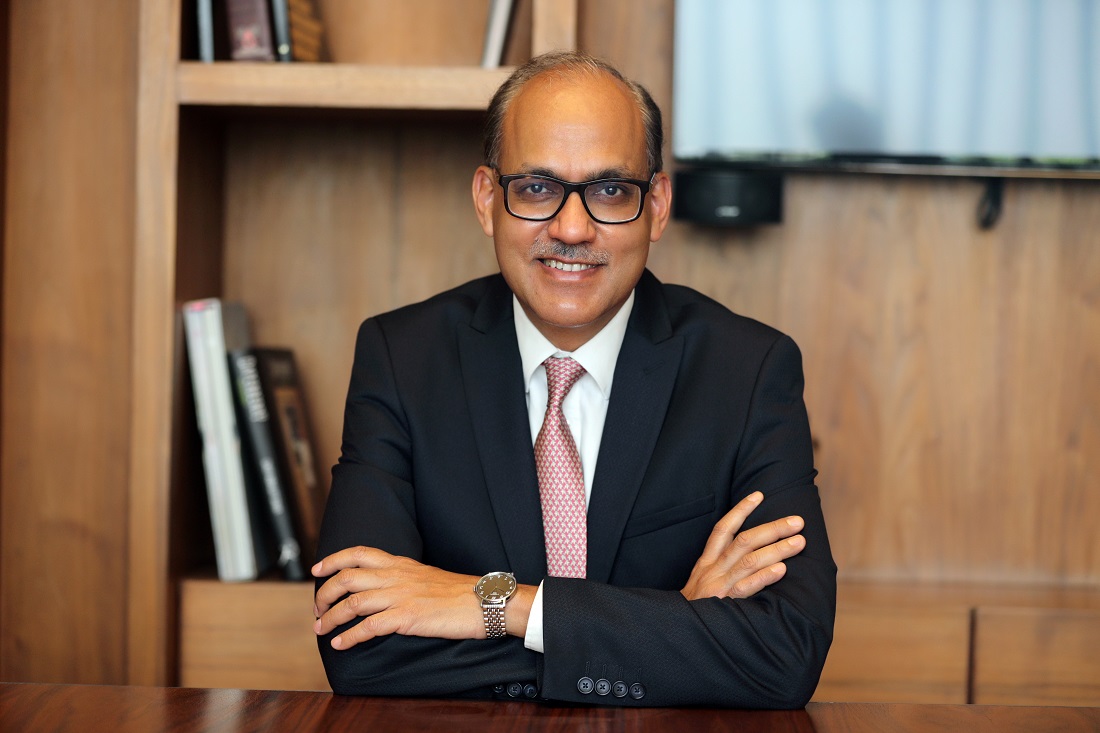BANKS
Loan growth, liquidity stress and rate hikes in 2023
Will credit growth sustain at the same pace in 2023? Will liquidity tighten as deposit growth lags behind? Will we see a rate hike cooling?
Will credit growth sustain at the same pace in 2023? Will liquidity tighten as deposit growth lags behind? Will we see a rate hike cooling?

Banks need to take a harder look at liquidity as the Indian economy moves towards higher interest rates and speedier credit growth while deposits continue to post a slower-than-required rise.
From a liquidity surplus of Rs 1.5 trillion in the middle of December, the banking sector quickly slid into deficit mode due to advance tax payments. This led the Reserve Bank of India (RBI) to inject Rs 40,853 crore into the banking system on 16 December, the first such infusion since 24 November and the highest since 30 October. The RBI further injected Rs 24,220 crore on 17 December and Rs 21,793 crore the next day by purchasing bonds from the banks. But many bankers expect the money to come back to the banks in the next quarter when the government starts spending again.
Nobody, however, can be sure on whether credit demand will sustain in 2023 or liquidity will ease or get further squeezed amid an external environment that seems to be progressing towards recession in many parts of the developed world. As the war in Ukraine continues, inflation will continue to rage and rate hikes tend to persist, probably in smaller doses.
The focus of banks on liquidity management will increase, at least in the early parts of 2023. The pressure to keep on increasing deposit rates is one such sign. A lot, though, will depend on how the credit environment will look like in six months before one can get a fix on how grave the issue of liquidity is and how steep the rate hikes will be on loans as well as deposits.
As things currently stand, the bigger banks are sitting on excess government bonds and a huge sanctioned pipeline while a number of smaller private banks are feeling strained to lend due to paucity of funds. The demand for credit is largely coming from companies who are drawing down on their sanctioned pipelines from banks. The rate hikes by the Reserve Bank of India (RBI) since May, made to contain rising inflation, has also made other funding sources expensive.

India’s largest lender, the State Bank of India (SBI), is sitting on more than Rs 1 trillion of sanctions yet to be drawn down. The high bond prices and higher rates in the overseas credit markets are prompting companies to come to the bank to avail their sanctioned limits. This is far from how things played out during the days of Covid-19. When the country was under a blanket lockdown and then woke up to near slumber, large corporates started utilising the cash balances they had built while ignoring their sanctioned limits from banks. "As the economic activities freed, credit growth improved and interest rates started rising along with the RBI’s moves to raise the repo rate to tame inflation. Corporates started drawing down on their sanctioned limits which is reflecting in robust credit growth," SBI managing director Ashwini Kumar Tewari said.
The credit-deposit ratio improved. "During 2021-22, as credit growth picked up and deposit growth moderated, the incremental credit-deposit ratio reached a four-year high," the RBI said in its latest report on Trends and Progress of Banking released on 27 December.
Loans of Indian banks rose 17.5% in the two weeks to 2 December from a year earlier while deposits rose 9.9%, according to RBI data.
“There is a huge demand for credit across sectors,” said Dhanlaxmi Bank managing director and CEO JK Shivan. “Smaller banks like us have a group exposure cap, which restricts meeting these demands. The momentum for us would, thus, be from gold, vanilla retail, agri and SME sectors.”
Anticipating stronger credit growth in 2023, Indian banks are raising funds to finance loans and also strengthen their capital base. During this fiscal, banks have already crossed the previous year’s fundraising amount of Rs 76,000 crore. And they are set to raise a further Rs 30,000 crore in the January-March quarter as they expect the liquidity situation to tighten.
While private lender HDFC Bank has raised Rs 23,000 crore, SBI mopped up Rs 20,872 crore in the July-December period and plans to raise another Rs 10,000 crore through perpetual and infrastructure bonds in the next quarter. Some of the other banks planning to raise capital include Punjab National Bank (PNB), Bank of Baroda, Central Bank of India, UCO Bank and Punjab & Sind Bank.
But will credit growth sustain at the same pace in 2023? While the first round of rising credit demand came from corporates exercising their working capital limits, will they go beyond sanctioned pipelines and chase new loans?
Several bankers Indianbankingnews.com spoke to said that there are mixed signals on credit growth. While infrastructure and certain other sectors are looking up, the weaker side is on export items. Global recession, looming large on the horizon, may also induce a slowdown in corporate credit.
“Exports, especially textiles and diamonds, are strongly negative but services are up and real estate is showing good growth. We saw good credit growth in November. We have to wait and watch. It’s a mixed signal now," said Tewari.
Exports barely improved in November, increasing 0.6% from the year-ago period after declining 16.7% in October, data released by the trade ministry showed. Only half of the 30 sectors posted growth. The government attributed the tepid performance to weak demand for engineering and iron ore products.
Imports, on the other hand, climbed 5.4%, keeping India’s trade gap above $20 billion for the eighth consecutive month. When exports slide there is pressure on the country’s current account deficit and the rupee gets hit.
India’s current account deficit (CAD) widened to a high of $36.40 billion, or 4.4% of GDP, in the July-September quarter. “With a fall in the average trade deficit in October-November 2022 relative to the previous three months, and a robust services trade balance in October 2022, we are cautiously optimistic that the size of the CAD will recede appreciably to around US$25-28 billion in Q3 FY2023 from the all-time high recorded in the previous quarter, while remaining substantial,” said Aditi Nayar, chief economist at ICRA.
However, risks from high commodity prices, a weak rupee, slowing global demand on exports and an expanding trade gap will remain in 2013.
“Going ahead, it remains uncertain whether the negative impact of weak global demand on exports will outweigh the softening of imports related to the correction in commodity prices. At present, we foresee a CAD of US$25-30 billion in Q4 FY2023. We project the FY2023 CAD at an unpalatable US$115 billion of GDP,” said Nayar.
The bank credit market is about Rs 140 lakh crore. According to IDFC First Bank managing director and CEO V Vaidyanathan, retail and credit to large companies make up majority of the loan market.
“About Rs 50 lakh crore is towards retail credit, like loans for cars and homes. Loans taken by large corporates, comprising ticket size of over Rs 50 crore, account for about Rs 70 lakh crore. The next category is medium enterprises, which take away about Rs 8.75 lakh crore of loans. The ticket size of these loans falls between Rs 10 crore and 50 crore. About Rs 9.3 lakh crore of loans goes to the small enterprises who borrow between Rs 1 crore to Rs 10 crore. The loan outstanding of micro enterprises, who have a ticket size of Rs 10 lakh to Rs 1 crore, is around Rs 5.7 lakh crore. When it comes to the micro enterprises, it is an irony that the price of credit goes up to even touch 22%,” Vaidyanathan recently said at a function to felicitate startup and micro enterprises.
While protecting the health of the MSME segment is important, banks need to be careful about overextending their retail loan portfolio. In recent years, banks had displayed a ‘herding behaviour’ in ‘diverting’ from the industrial sector towards retail loans. While corporate credit stayed muted during this period, retail loans had grown exponentially.
“Empirical evidence suggests that a build-up of concentration in retail loans may become a source of systemic risk,” the RBI warned in its latest trends and progress in banking report.
In 2022, banks had a healthy profit growth when they could increase loan rates, price deposits comparatively lower, widen net margins and build buffers of capital.
That script is set to change this year. For banks, the plan for 2023 will include loan growth, liquidity management, capital raising and finding out ways to bring back deposits which had flown out when interest rates were low and money was easily available in the market.
